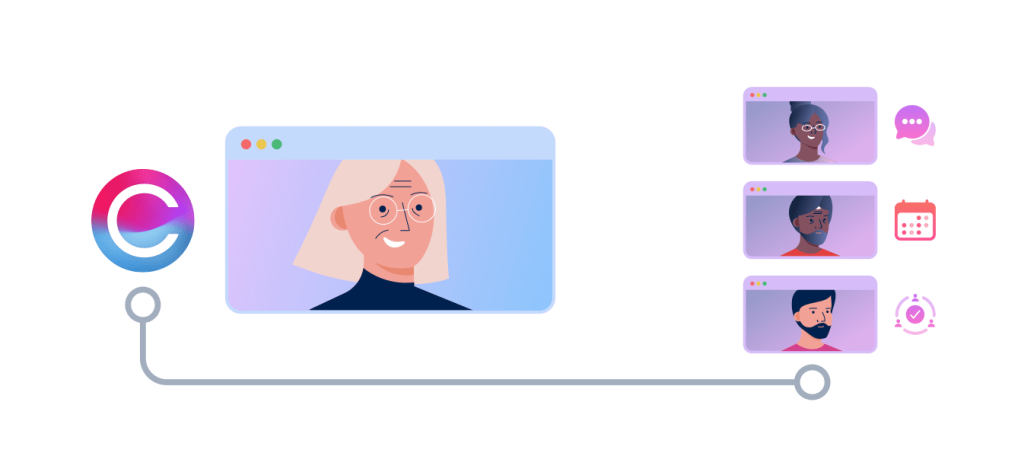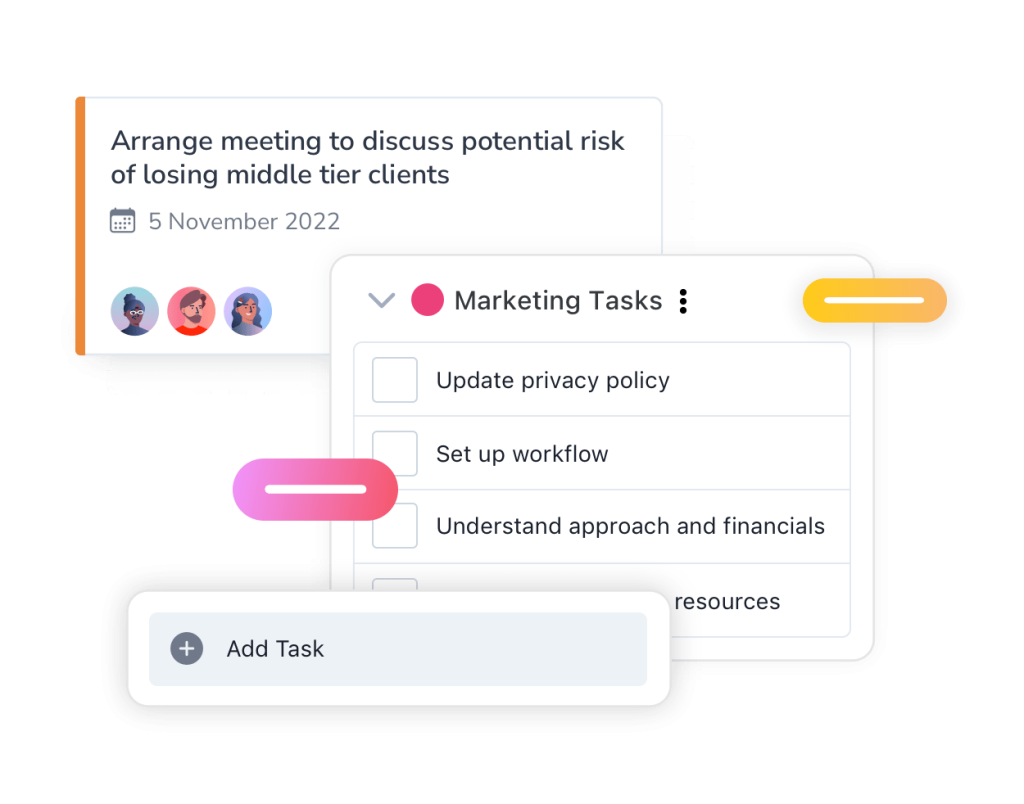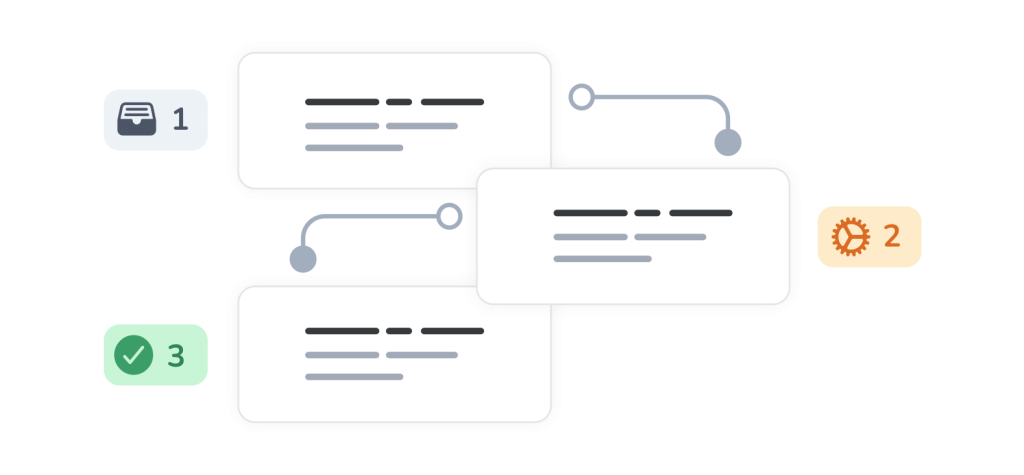Nonprofit organizations face continuing challenges on several fronts.
At one level, many nonprofits and charitable organizations have to spend time and effort attracting and collecting the funds and resources they need to operate. They must also monitor the progress of these fundraising campaigns, to ensure that fundraising goals are being met, and that the nonprofit organization is making maximum gains from what may often be limited resources. This applies to small nonprofits, mid sized nonprofits, and larger nonprofits alike.
At the same time, organizations must look to the internal wellbeing of their staff and premises. Nonprofits must recruit and manage volunteers, coordinate their activities, perform routine business tasks such as payroll processing and event management, and manage the essential processes relating to donor management and the organization’s fundraising progress.

In addition to skilled administrators and human resources on the ground, nonprofit organizations in today’s environment, require powerful software solutions to enable them to thrive and grow.
One of the core implementations of software for non profit organizations in the digital economy is the corporate intranet.
What is an intranet?
An intranet is a private network that sits behind an organization’s networking security firewall and is only accessible to its employees and approved third parties. The intranet platform may be constructed on-site, using hardware and network infrastructure purchased and fully managed by the organization — an arrangement known as an on-premise or self-hosted intranet. Alternatively, the organization may enter a contract with a cloud-based provider of intranet software solutions and networking infrastructure, in a cloud-based or cloud-hosted intranet.
Regardless of the operating model, an intranet platform provides tools and facilities that enable its users to communicate and collaborate with each other. Organizations can use an intranet for multiple purposes such as sharing documents, posting updates, communicating news, and event management.

Intranet software solutions and platforms provide several benefits, such as improved employee engagement, better collaboration, streamlined internal communications and knowledge sharing, a faster turnaround on issues, and increased productivity.
Specific requirements of intranet software for nonprofits
Nonprofit organizations need to engage donors, raise funds, garner support for their activities, and coordinate their workers as these various activities are carried out. Intranet nonprofit software must therefore provide functionality in several areas, including fundraising tools, donor management, accounting software, data management, and communications – as well as facilities for promoting social engagement between employees, and enabling those workers to build relationships with donors and partners.
Benefits of intranet nonprofit software
Nonprofit software for intranet deployment can bring several advantages to an organization. Among them are:
Communication and collaboration

Nonprofit software tools such as dedicated collaboration spaces, internal messaging apps, and corporate social networking enable paid staff, volunteers, and nonprofit leaders to communicate easily, share knowledge and ideas, and collaborate on joint projects.

The best nonprofit software will provide tools and facilities that enable users to access these intranet resources from their mobile devices — a must for growing nonprofits that need to juggle a remote workforce, or employees who are out in the field.
Streamlined accounting
The best nonprofit software will also include accounting software for nonprofit intranets. These applications can provide nonprofit software solutions for tracking and reporting on the donation process. This may cover a spectrum that includes donor management, automation for recurring donations, and facilities to manage mobile giving. The software may provide accounts-based integrations with fundraising tools, and donor management software.
Stakeholder management
A donor management system is a key element of any intranet deployment of nonprofit software. Both smaller nonprofits and larger organizations alike need facilities for wealth screening and donor management — preferably with tools that enable the organization to more easily collect donations, track donations, and manage donations.
External stakeholders can also play a key role in a charity’s development and sustainability, by contributing to its core activities. Intranet software for nonprofits should therefore provide avenues to easily share information with important third-parties, to help strengthen stakeholder relationships. These may include features to promote social engagement with donors and partners, such as event management.
The software may offer extranet portals, which provide external stakeholders with controlled access to areas of your intranet platform. Your nonprofit might for example provide stakeholder access to specific documents, intranet software pages, news articles, or communication spaces.
Project Management

Intranet nonprofit software may also include social project and task management features, which enable teams to create interactive project spaces for collaboration, document sharing, task assignment, and progress monitoring.
Project management software keeps all your data in one place, reducing data redundancy. This approach enables users to more quickly gain access to the information and resources they need — thereby increasing their productivity.
Learning Management
To promote staff retention, employee engagement, and the growth of the organization, it’s important for nonprofits to invest in the training and development of workers and volunteers. For smaller nonprofits, this can be an expensive task – especially if training occurs in faraway locations.
Accordingly, great software may offer a learning management system as part of its intranet implementation. This may include lower cost features such as eLearning courses, online quizzes, and training videos that enable users to plot personalized learning paths.
Automation

Underlying much of the above, nonprofit intranet software should incorporate mechanisms and tools for automating repetitive tasks and reducing human, error-prone activities such as manual data entry.
The software will provide an intuitive interface with drag and drop features, which enables users to quickly and easily create online forms and automated workflows. This automation helps nonprofits increase productivity by transforming paper-based processes – such as volunteer applications or the creation of a donation form – into streamlined workflows that need minimal human input.
Multilingual Options
In a global economy, nonprofit leaders will often need to launch online campaigns, manage donor information, and handle online giving at an international scale. Their software should offer localization capabilities that enable organizations to create intranet content in multiple languages for globally dispersed teams and volunteers.
Final Thoughts
Here at Claromentis, we’ve been in the intranet business for over 20 years. Our in-house customer success and support teams are on hand to ensure you get the most out of your intranet, throughout every stage of your project.
To learn more about how Claromentis can assist in deploying your nonprofit intranet, book a demo with our experts.





